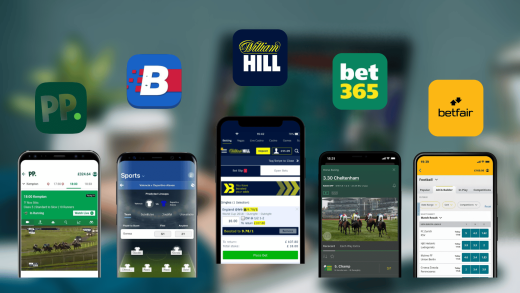For experienced bettors, sticking to one sport can feel like mastery. But shifting across different disciplines from football to basketball, from tennis to MMA brings both opportunity and risk. What works in one sport may collapse in another.
Multisport betting requires more than picking winners. It demands tactical adaptation, mental flexibility, and a deep understanding of how each sport’s rhythm affects the odds and markets.
Let’s unpack what carries over, what doesn’t, and how to make your strategy sharper with every switch.
Core Differences Between Sports Betting Ecosystems
Each sport has its own tempo, logic, and psychology and that changes everything for bettors.
- Football favors patience, long-term trends, and data-rich analysis (xG, corners, possession).
- Basketball is rapid and live-driven — momentum changes every minute.
- Tennis relies on player form, surface type, and micro-momentum like break points.
- MMA or boxing is a high-variance world with lower sample size but deeper underdog value.
Understanding these contrasts is the first step toward tactical thinking in multisport betting.

What Transfers — and What Doesn’t
Not all betting logic travels well between sports. Here’s what experienced multisport bettors have learned:
Strategic Concepts That Transfer
- Bankroll discipline: Risk management matters everywhere.
- Value-first mindset: Odds must offer an edge, not just narrative.
- Avoiding recency bias: One upset doesn’t mean a trend.
- Closing line value (CLV) awareness: Beating the market early matters in every sport.
Tactics That Usually Fail to Translate
- Using football-style under goals logic in basketball
- Over-valuing past form in MMA with low fight frequency
- Applying tennis momentum thinking to team sports
- Ignoring pace in live NBA betting (teams trade runs constantly)
Tactics are sport-sensitive. Smart bettors observe rhythm, pressure points, and data windows unique to each discipline.
How to Rethink Strategy When Switching Sports
If you’re shifting between sports, here’s how to reset your mental playbook:
- Identify what drives performance in that sport
(Is it fatigue, pace, coaching, or individual matchups?) - Understand betting rhythm
Football = pre-match; Basketball = in-play; Tennis = set/momentum-based - Study volatility and variance
MMA = high variance; Football = medium; Basketball = smoother with stats - Check market efficiency
Niche sports like handball or snooker may offer more value due to lower liquidity - Know your emotional biases
Are you overvaluing favorites in fast sports? Or misjudging late-game scenarios?
Tactical Snapshot
| Sport | Best Betting Style | Key Tactical Angle |
|---|---|---|
| Football | Pre-match + stats | Unders, Draws, Double Chance |
| Basketball | Live, momentum-focused | Overreactions, comeback markets |
| Tennis | Matchups, in-play | Surface/form, live breaks |
| MMA | Underdog focus | Fight IQ, value in mispricing |
Tailoring your strategy to each environment unlocks real edge not just theory.
Pro Insight
“When I moved from football to MMA, I kept losing until I realized I was treating every fight like a team game. There’s no formation, no rhythm it’s chaos. Once I leaned into the chaos and hunted value on overlooked fighters, things changed.”
— Tom J., multisport bettor since 2018
Think Like a Strategist, Not a Fan
Great bettors don’t fall in love with the sport they fall in love with systems. They learn how markets move, where sharp money flows, and when emotion distorts reality. If you’re betting across sports, don’t copy-paste your tactics. Observe the tempo, test your angles, and most of all stay curious. Your edge is not just in knowledge it’s in how you apply it, again and again.





